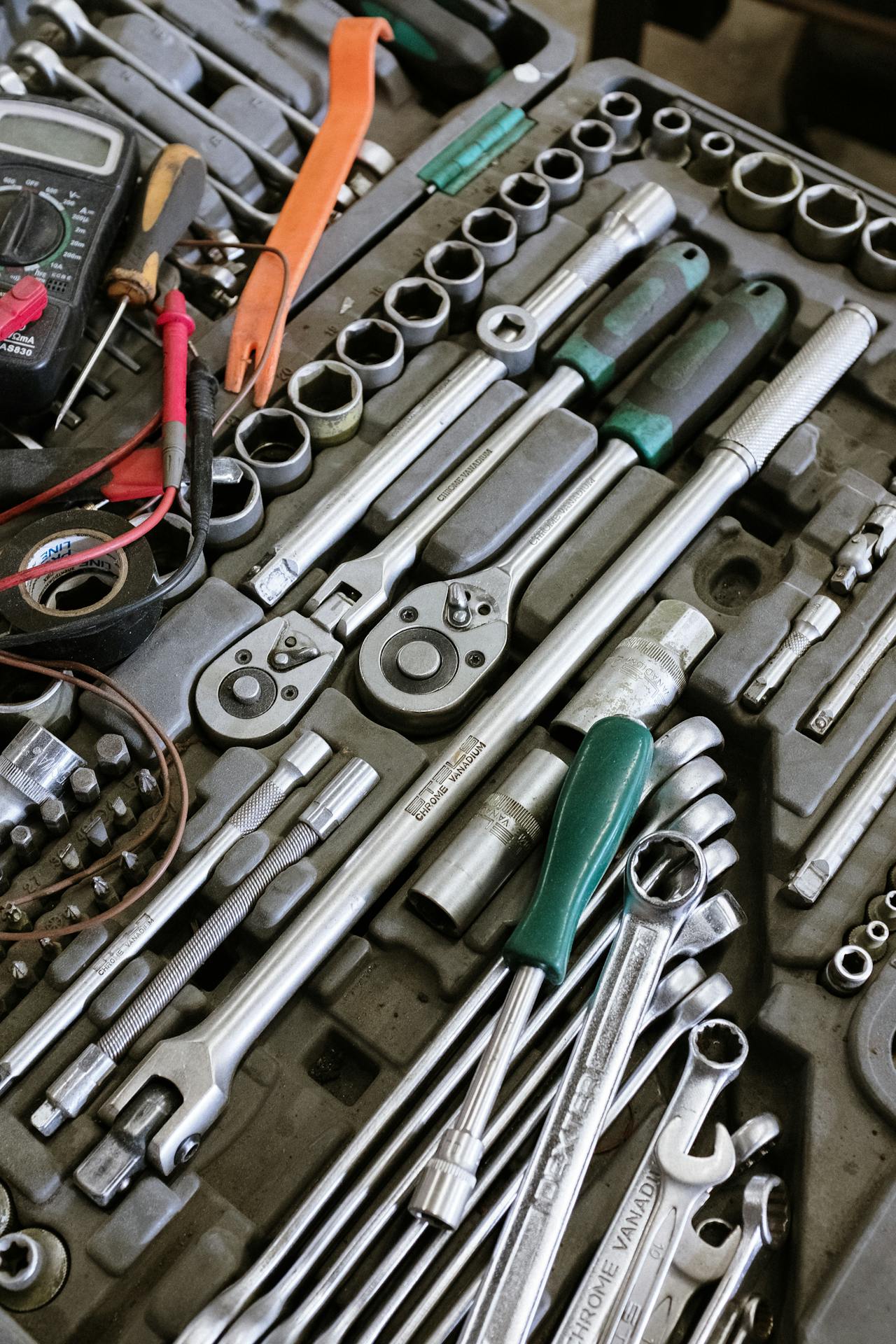In the intricate world of system design and management, supportability emerges as a critical concept. It encompasses the degree to which a system’s characteristics, design, and functions meet the standards required by a particular organization or operational context. Whether you’re dealing with military hardware, industrial machinery, or cutting-edge software, understanding and optimizing supportability is essential for sustained success.
What is Supportability?
Supportability goes beyond mere functionality. It’s about ensuring that a system can be effectively maintained, repaired, and sustained throughout its entire lifecycle. Let’s dive into the key aspects:
- Design for Maintenance and Repair:
- Supportability starts during the design phase. Engineers must consider ease of access, modularity, and component standardization.
- Think of it as building a car with easily replaceable parts—the design should facilitate maintenance without causing downtime.
- Logistics and Spare Parts Management:
- Supportability involves managing spare parts, consumables, and logistics.
- Imagine an aircraft carrier—its supportability relies on a well-organized supply chain for fuel, spare parts, and skilled personnel.
- Documentation and Training:
- Clear technical documentation ensures that maintainers understand the system.
- Training programs equip operators and technicians with the necessary skills.
Why Does Supportability Matter?
- Operational Availability:
- A highly supportable system minimizes downtime. Quick repairs and efficient maintenance keep operations running smoothly.
- Consider a power plant—its supportability directly impacts electricity availability.
- Cost Control:
- Effective supportability reduces Life Cycle Costs (LCC). Well-maintained systems require fewer emergency repairs and replacements.
- Think of it as preventive healthcare—investing in wellness saves long-term costs.
- Mission Success:
- Military systems must perform reliably in critical situations. Supportability ensures they remain combat-ready.
- Picture a fighter jet—its supportability determines its readiness for action.
Strategies for Enhancing Supportability
- Reliability-Centered Maintenance (RCM):
- RCM analyzes failure modes and prioritizes maintenance tasks.
- It’s like a doctor focusing on critical health issues first.
- Level of Repair Analysis (LORA):
- LORA determines the optimal level (field, depot, etc.) at which repairs should occur.
- It’s akin to deciding whether to fix your car at home or take it to a specialized garage.
- Predictive Maintenance:
- Use data analytics to predict failures before they occur.
- Imagine a smart thermostat notifying you of potential HVAC issues.
Conclusion
Supportability isn’t an afterthought; it’s woven into the fabric of every system. Like a well-maintained bridge, it ensures safe passage for both users and operators. So, whether you’re designing a spacecraft or a mobile app, remember that supportability isn’t just a feature—it’s the backbone of reliability.
Need solutions for better supportability within your organization? Book a consultation with our team at V42 Management Consulting!

